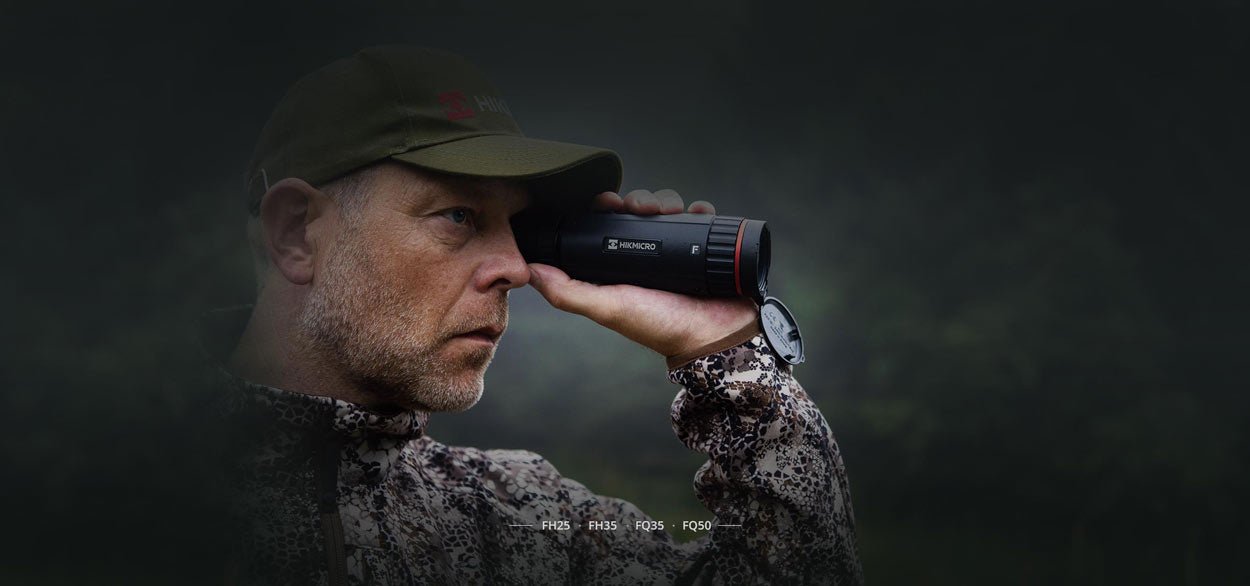Exploring the Advantages of Night Vision Thermal Monoculars in Australia
In the vast and diverse landscapes of Australia, nightfall brings about a unique set of challenges and opportunities. From the dense rainforests of Queensland to the expansive deserts of the Outback, the need for effective night vision technology is paramount. One such tool that has gained immense popularity is the night vision thermal monocular. This versatile device has revolutionized various sectors across the continent, including wildlife observation, security, search and rescue, and even recreational activities. In this article, we will delve into the manifold uses of night vision thermal monoculars in Australia and how they contribute to safety, exploration, and conservation efforts.
Night vision thermal monoculars have revolutionised the way we navigate and explore our surroundings after dark. In Australia, where vast and diverse landscapes stretch across the continent, these devices offer a multitude of advantages that make them indispensable tools for both professionals and outdoor enthusiasts.
One of the key advantages of night thermal monoculars is their ability to detect heat signatures. Unlike traditional night vision goggles that rely on ambient light or artificial illumination, thermal monoculars can pick up on even the faintest sources of heat. This makes them particularly useful in Australia's rugged terrain, where wildlife such as kangaroos or feral hogs might be lurking in the darkness. With a thermal monocular in hand, hunters can easily locate these creatures without disturbing their natural habitat.
Night vision thermal monoculars excel in diverse weather conditions. Whether it’s sweltering summer nights or chilly winter evenings, these devices remain effective regardless of temperature fluctuations. In Australia's extreme climate variations ranging from scorching deserts to icy mountain ranges, this durability is invaluable for users who need reliable performance no matter what environment they find themselves in.
Their ability to detect heat signatures provides an edge when tracking elusive game or conducting surveillance activities. Additionally, their resilience to extreme weather conditions makes them dependable companions for adventurers exploring Australia's wild landscapes.
Wildlife Observation and Research: Australia is home to an array of iconic and often elusive wildlife, such as kangaroos, wallabies, koalas, and the enigmatic Tasmanian devil. Many of these creatures are nocturnal, making it challenging for researchers and wildlife enthusiasts to study them in their natural habitats. Night vision thermal monoculars offer a non-intrusive way to observe these animals without disturbing their behaviours. Scientists and conservationists can monitor wildlife activity, track movement patterns, and even identify species that are otherwise difficult to spot in the dark. This technology aids in advancing our understanding of Australia's unique ecosystems and contributes to informed conservation efforts.
Security and Law Enforcement: The vast and remote expanses of Australia pose security challenges for both urban and rural areas. Night vision thermal monoculars provide law enforcement agencies, border patrols, and private security firms with a powerful tool to enhance surveillance and response capabilities. Whether it's detecting potential threats along coastal regions, monitoring illicit activities in remote areas, or ensuring the safety of public events, these devices offer a distinct advantage by allowing personnel to see in low-light conditions and even through foliage or camouflage.
Search and Rescue Operations: Australia's rugged terrain and extreme weather conditions can make search and rescue operations particularly challenging, especially when they need to be conducted during the night. Night vision thermal monoculars enable rescue teams to locate missing persons, downed aircraft, or stranded hikers more efficiently by detecting their body heat signatures. This technology greatly reduces search times, increasing the chances of successful outcomes, particularly in remote and hazardous environments.
Recreational Activities: For outdoor enthusiasts, thermal monoculars unlock a new dimension of exploration and adventure. Whether camping, hiking, or birdwatching, these devices allow individuals to experience the natural world after dark in a safe and intriguing manner. Exploring nocturnal landscapes, observing wildlife behaviour, and stargazing take on a whole new level of excitement when aided by this technology.
Agriculture and Pest Control: In the agricultural sector, thermal monoculars play a crucial role in managing pest populations and safeguarding crops. Farmers can identify pests or nocturnal animals causing damage to their fields, enabling them to take timely and targeted action. This approach minimizes the use of harmful chemicals and reduces overall environmental impact.
The uses of night vision thermal monoculars in Australia are as diverse as the country's landscapes. From scientific research to security operations, these devices have become indispensable tools that offer enhanced visibility in low-light conditions. By enabling us to navigate and explore the night, they contribute to the conservation of wildlife, the safety of communities, and the efficiency of various industries. As technology continues to advance, it is likely that night vision & thermal will play an even more significant role in shaping Australia's approach to night time activities and challenges.



